Le Corbusier & Pierre Jeanneret. Chandigarh, India
Él libro más completo sobre el gran proyecto de Chandigarh de Le Corbusier y Pierre Jeanneret.
Detalles del producto
Tapa dura: 432 páginas
ISBN-10: 2909187071
ISBN-13: 978-2909187075
Dimensiones: 24.77 x 4.45 x 29.85 cm
Peso del producto: 2.48 kg
Editorial : PATRICK SEGUIN; Bilingual edición (14 junio 2014)
Idioma: Francés/Inglés
ISBN-10: 2909187071
ISBN-13: 978-2909187075
Dimensiones: 24.77 x 4.45 x 29.85 cm
Peso del producto: 2.48 kg
Editorial : PATRICK SEGUIN; Bilingual edición (14 junio 2014)
Idioma: Francés/Inglés
Este hermoso y completo volumen documenta el enorme proyecto Chandigarh de Le Corbusier y Pierre Jeanneret: los edificios y los muebles (hoy considerados obras maestras de la arquitectura y el diseño del siglo XX), los planos, bocetos y maquetas, además de reproducir fotografías de archivo y contemporáneas. En 1947, poco después de la independencia de la India, el primer ministro indio Jawaharlal Nehru inició un vasto plan de modernización en todo el país, durante el cual Chandigarh se convirtió en la capital administrativa de la provincia de Punjab. Nehru encargó a Le Corbusier y a Pierre Jeanneret que construyeran este capital desde cero, con la única instrucción de que fueran expresivos y experimentales y no se dejaran obstaculizar por la tradición. Ilustrado con fotografías que datan desde la época hasta la actualidad, este libro documenta el proyecto arquitectónico y la producción del mobiliario, ofreciendo un resumen definitivo de esta épica empresa modernista. Un capítulo adicional está dedicado a la obra de Lucien Hervé, el famoso fotógrafo de arquitectura que describió extensamente la ciudad.
El arquitecto, urbanista, pintor, escritor, diseñador y teórico Charles-Edouard Jeanneret, conocido como Le Corbusier, nació en Suiza en 1887. En 1922 Le Corbusier y su primo Pierre Jeanneret abrieron un estudio de arquitectura en París, inaugurando una asociación que duraría hasta 1940. Comenzaron a experimentar con el diseño de muebles después de invitar a la arquitecta Charlotte Perriand a unirse al estudio en 1928. Después de la Segunda Guerra Mundial, buscaron formas eficientes de albergar a un gran número de personas en respuesta a la crisis de la vivienda urbana. En la década de 1950, una oportunidad única de realizar sus conceptos a gran escala se presentó en la construcción de Chandigarh. Antes de su muerte en 1965, Le Corbusier estableció la Fondation Le Corbusier en París para cuidar y poner a disposición de los estudiosos su biblioteca, dibujos arquitectónicos, bocetos y pinturas.
This beautiful, comprehensive volume documents Le Corbusier and Pierre Jeanneret's massive Chandigarh project--the buildings and the furniture (today considered masterpieces of twentieth-century architecture and design), the plans, sketches and maquettes as well as reproducing both archival and contemporary photographs. In 1947, shortly after India gained independence, the Indian Prime Minister Jawaharlal Nehru initiated a vast plan of modernization throughout the country, during which Chandigarh became the administrative capital of the Punjab province. Nehru commissioned Le Corbusier and Pierre Jeanneret to construct this capital from scratch, with the sole instruction that they should be expressive and experimental and should not let themselves be hindered by tradition. Illustrated with photographs dating from the time period to the present, this book documents the architectural project and the production of the furniture, offering a definitive summary of this epic modernist enterprise. A further chapter is dedicated to the work of Lucien Hervé, the famous architectural photographer who depicted the city extensively.
The architect, urban planner, painter, writer, designer and theorist Charles-Edouard Jeanneret, known as Le Corbusier, was born in Switzerland in 1887. In 1922 Le Corbusier and his cousin Pierre Jeanneret opened an architectural studio in Paris, inaugurating a partnership that would last until 1940. They began experimenting with furniture design after inviting the architect Charlotte Perriand to join the studio in 1928. After World War II, they sought efficient ways to house large numbers of people in response to the urban housing crisis. In the 1950s a unique opportunity to realize their concepts on a grand scale presented itself in the construction of Chandigarh. Before his death in 1965, Le Corbusier established the Fondation Le Corbusier in Paris to look after and make available to scholars his library, architectural drawings, sketches and paintings.


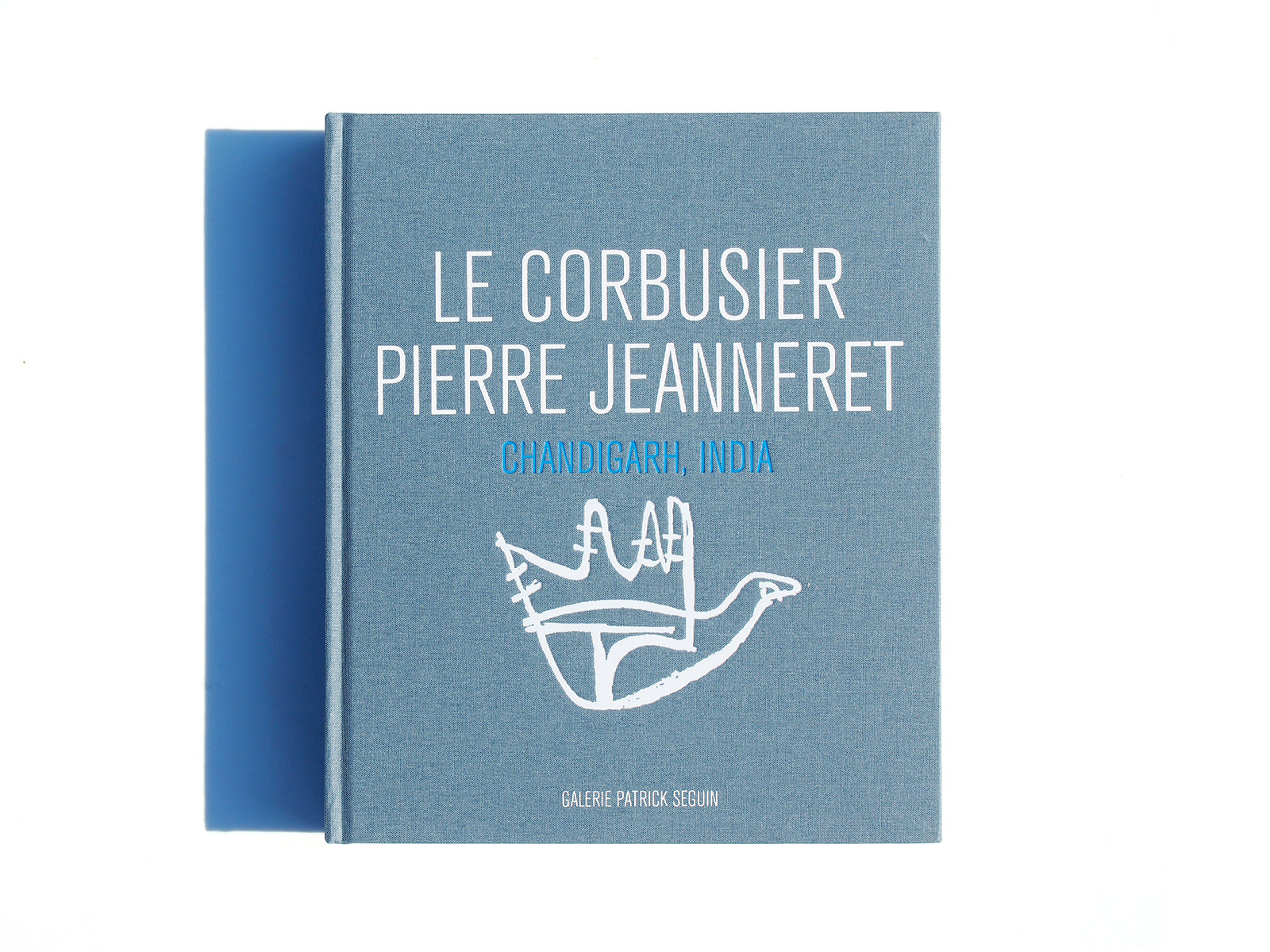
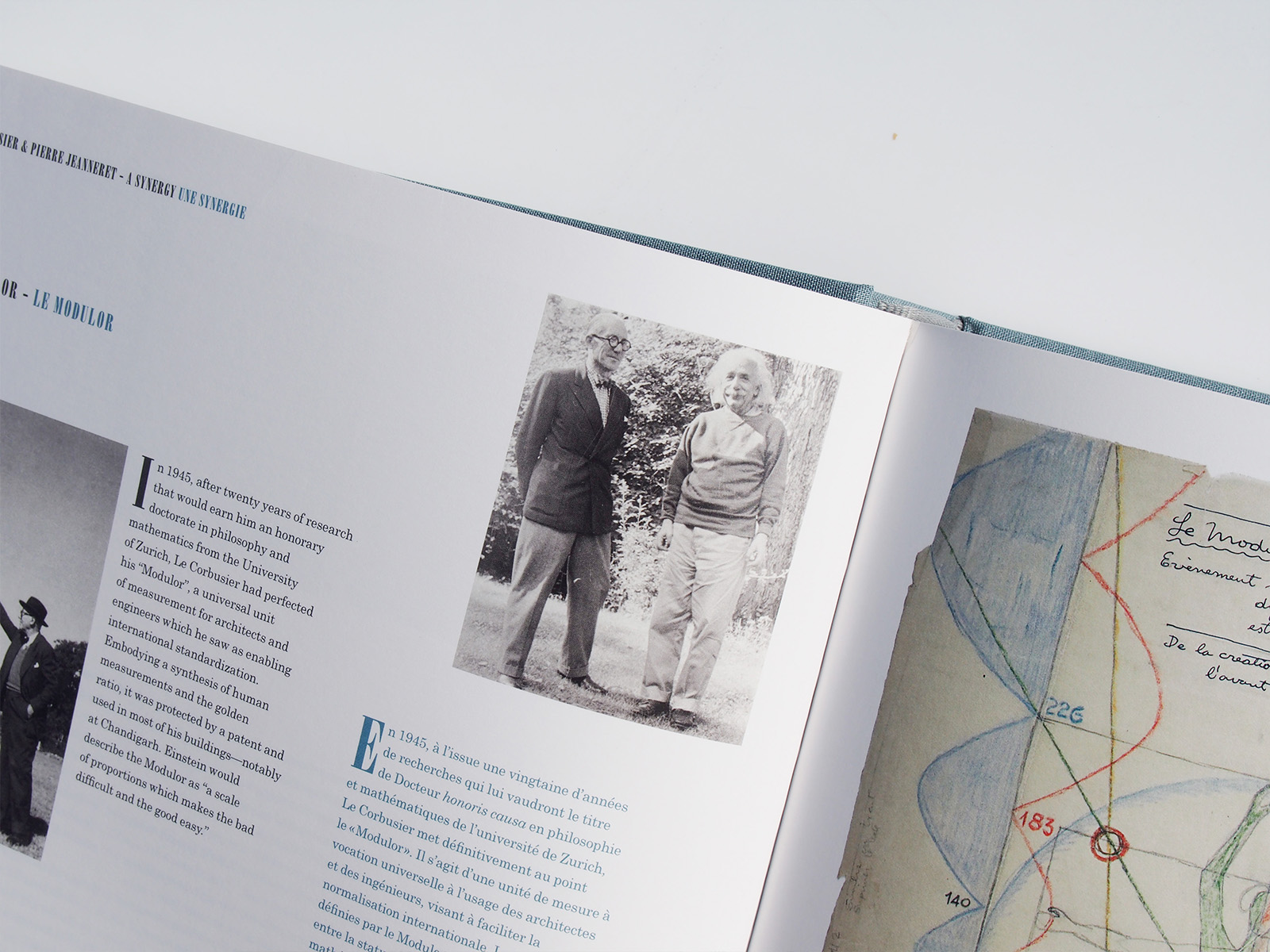
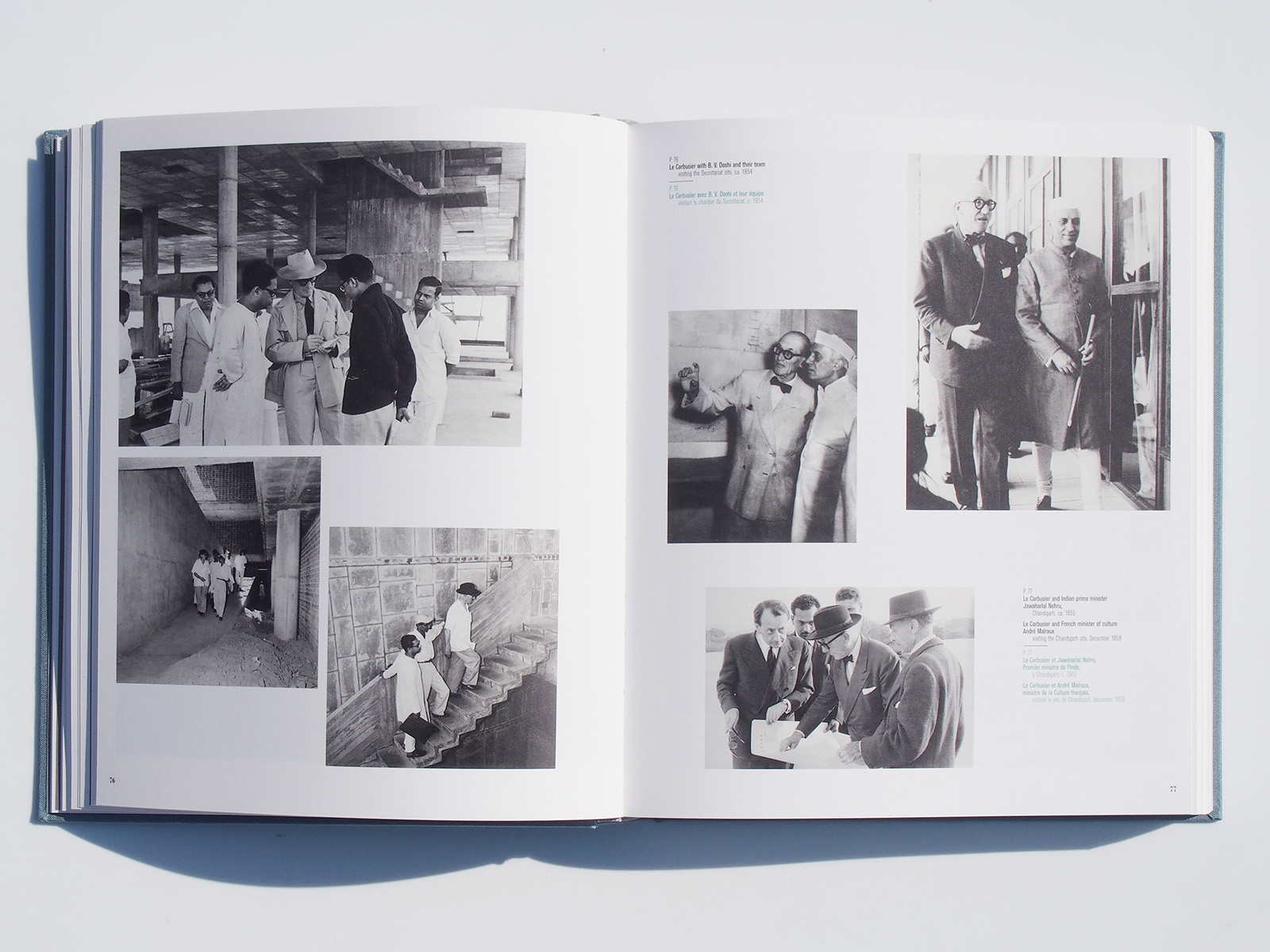
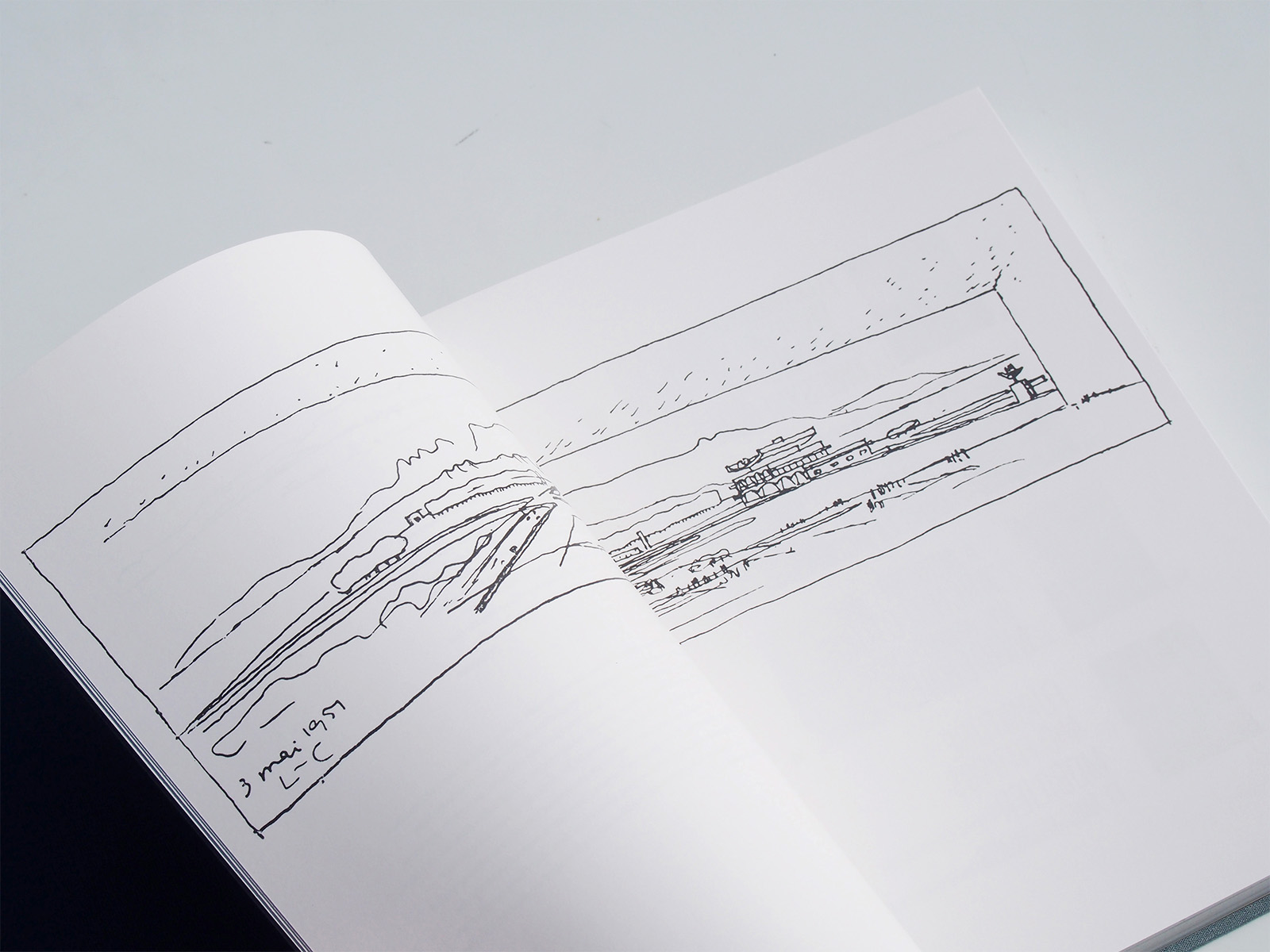
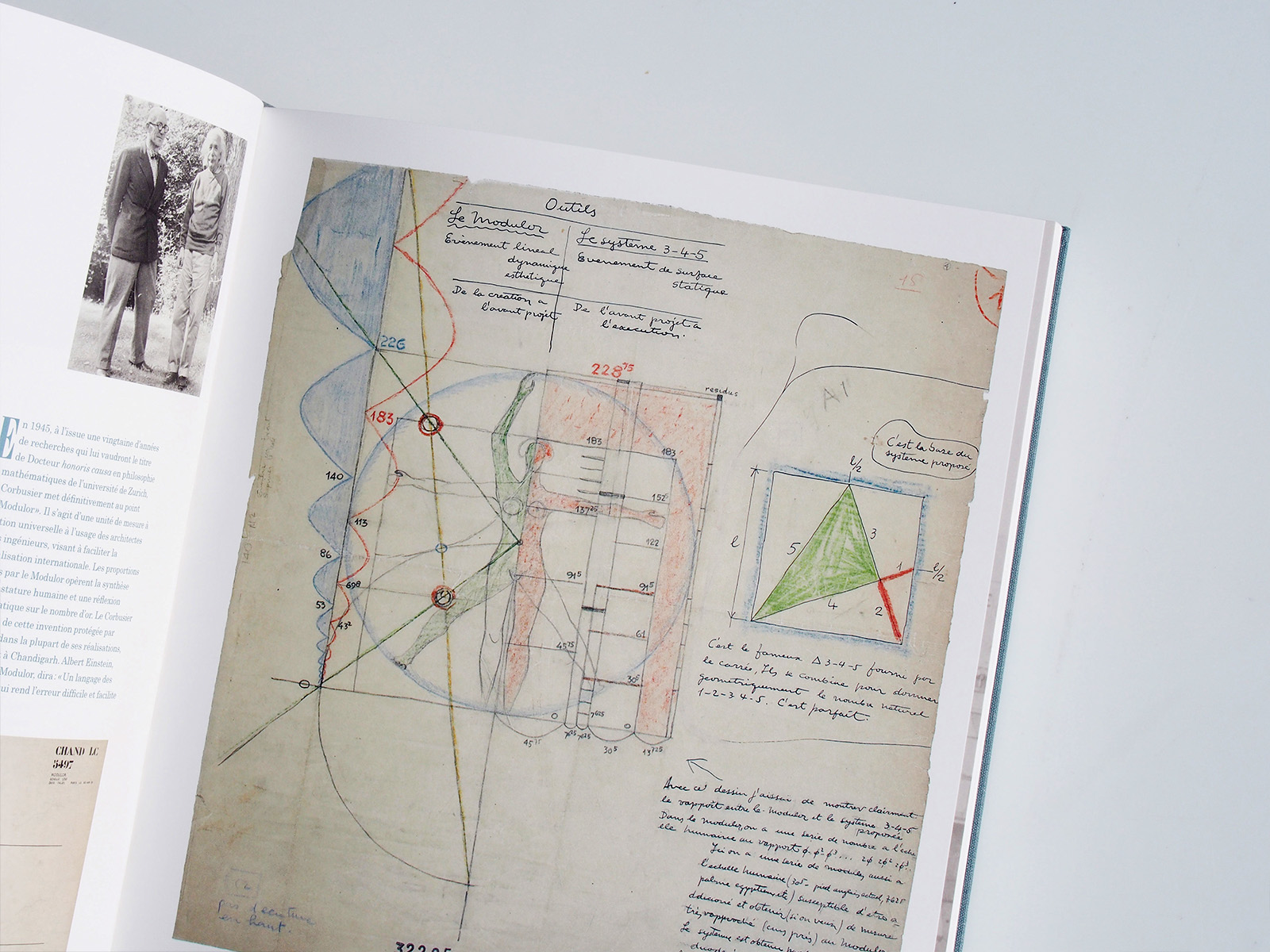


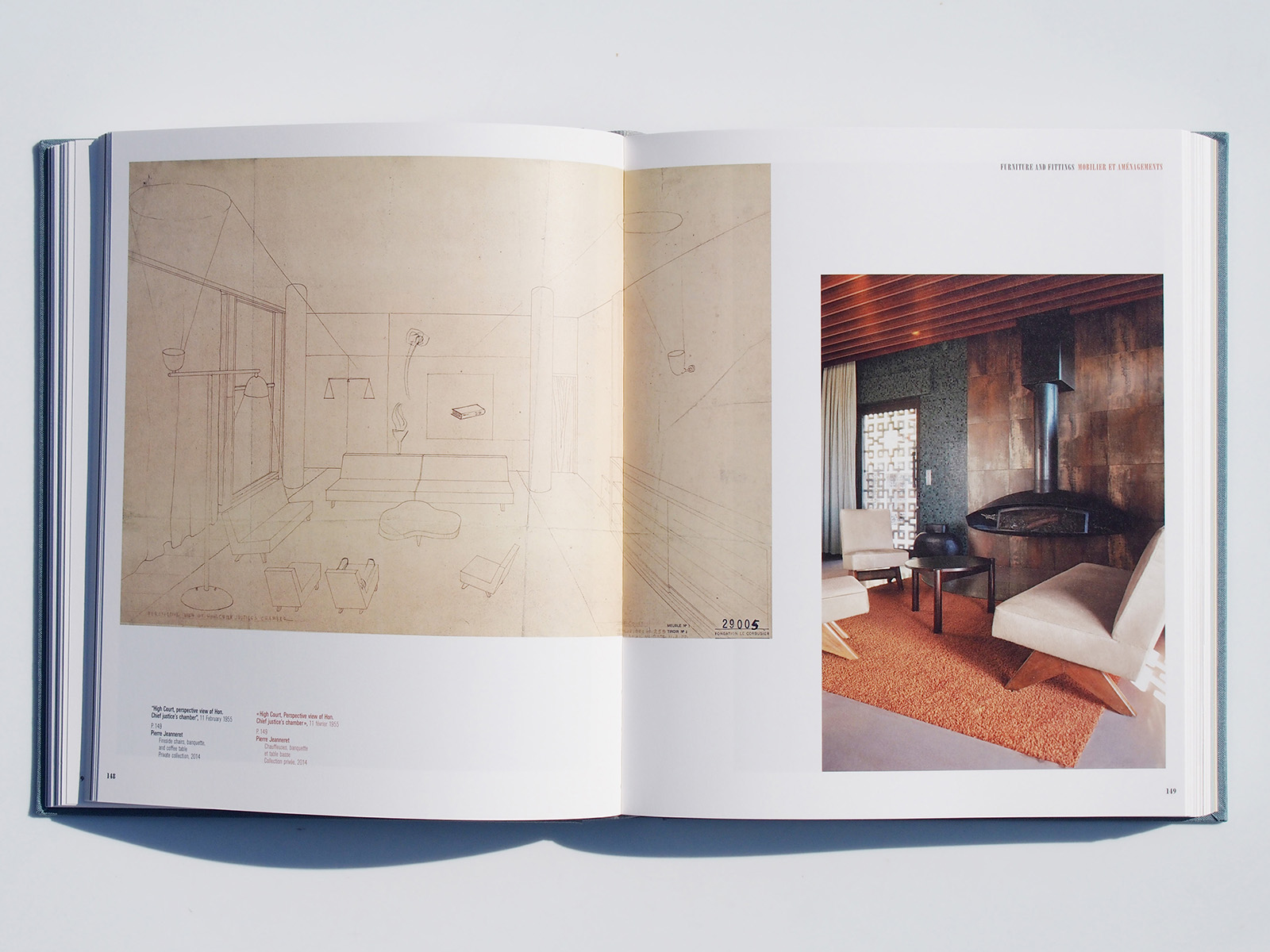
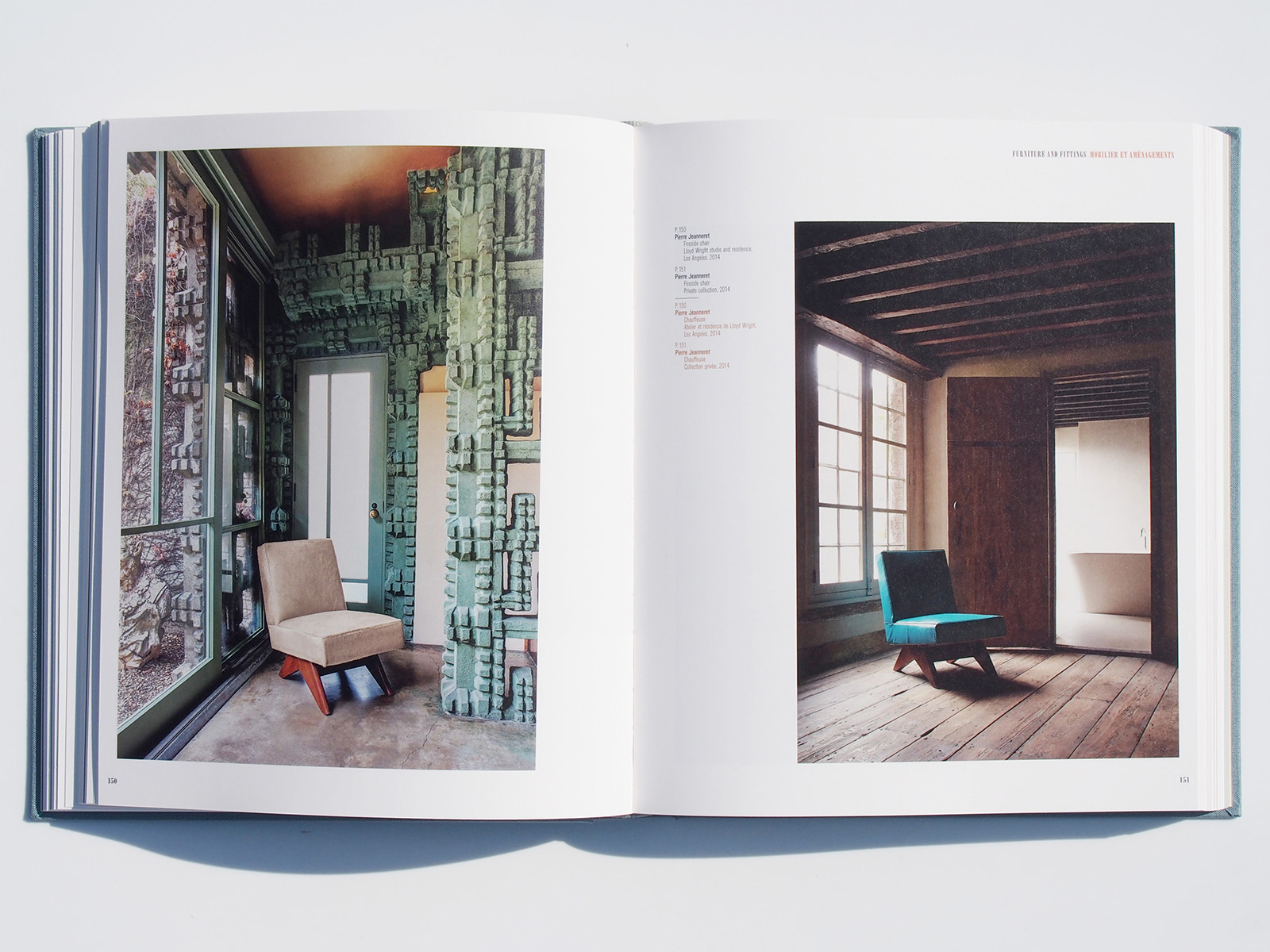


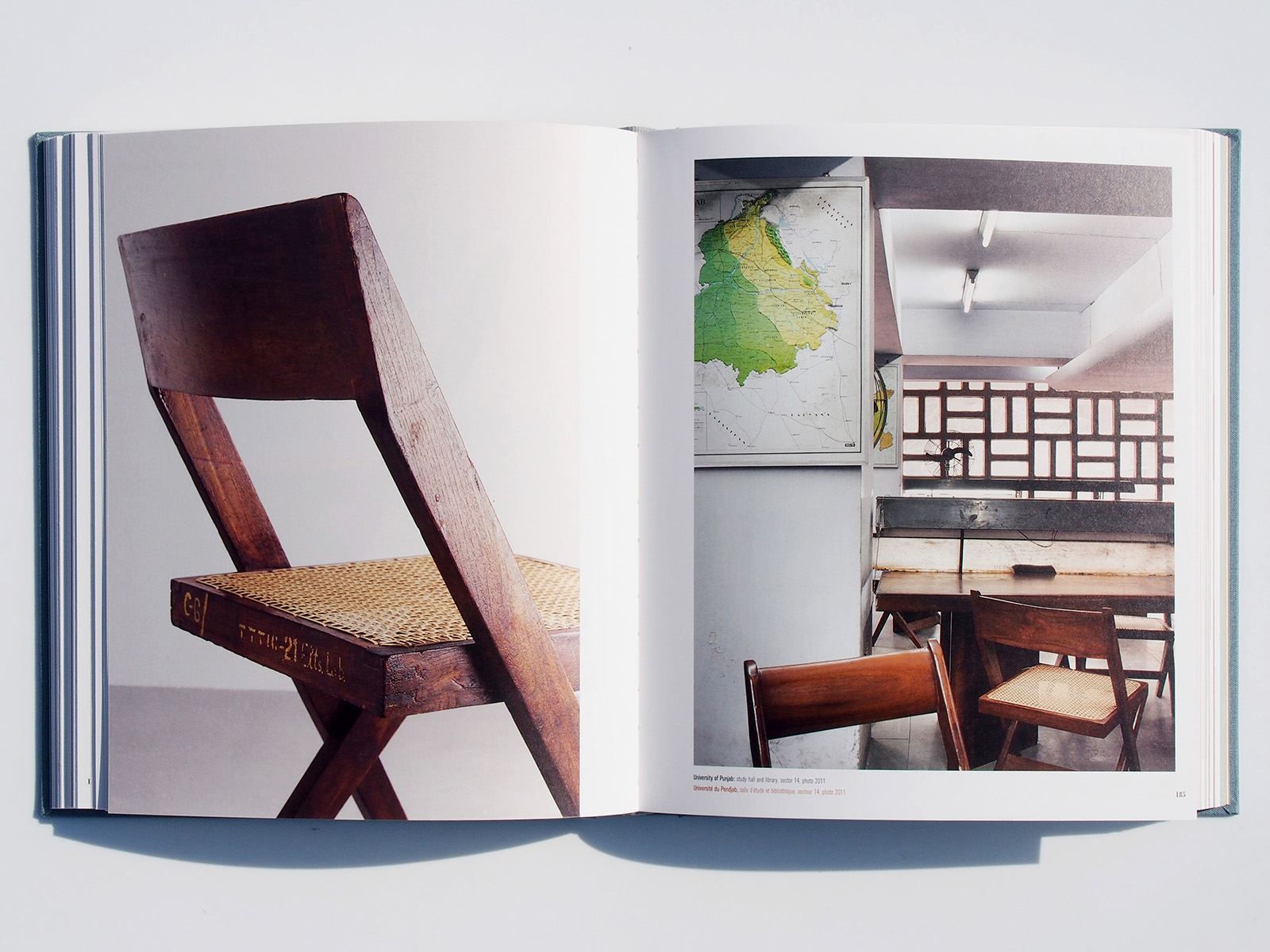
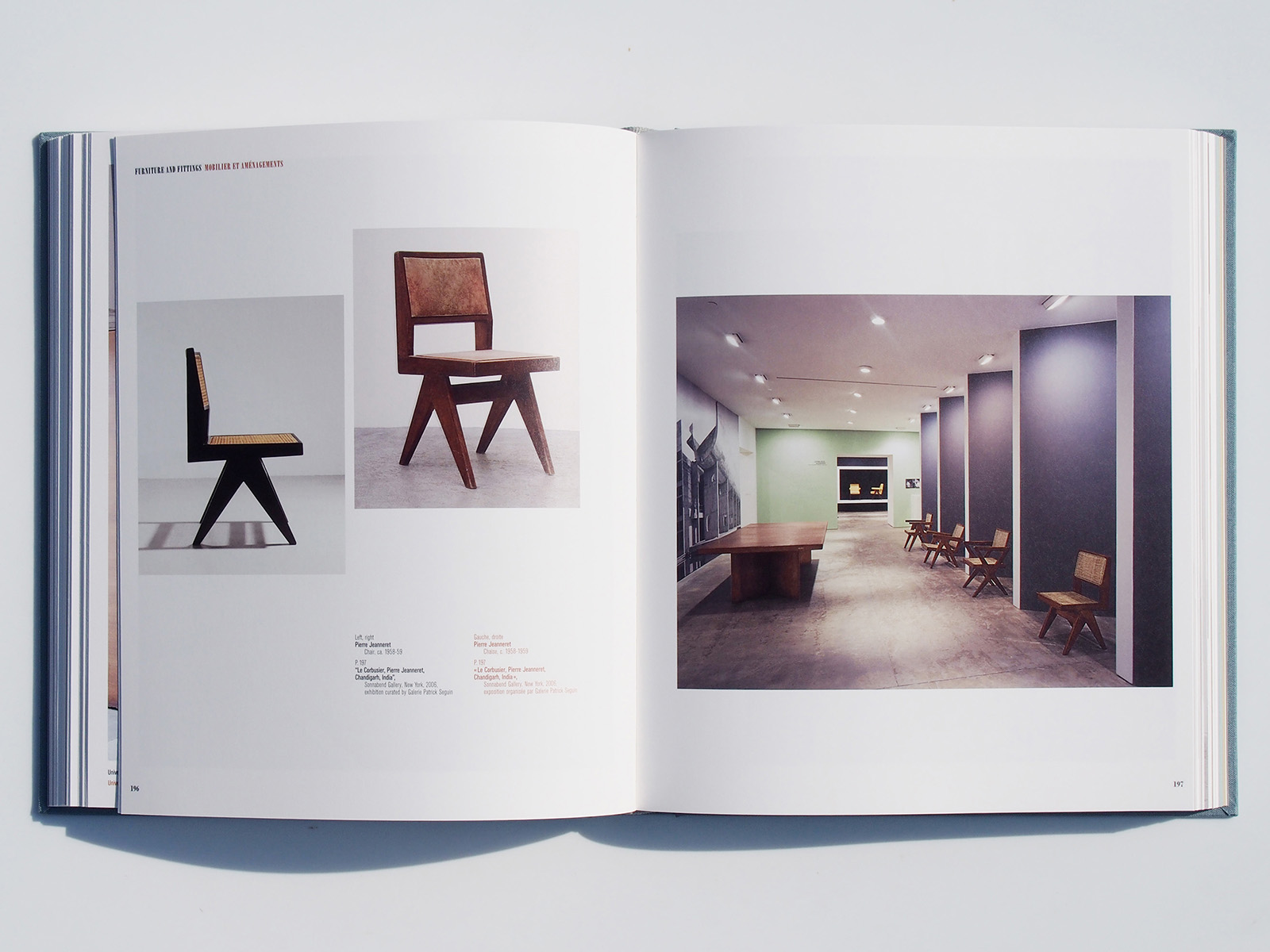
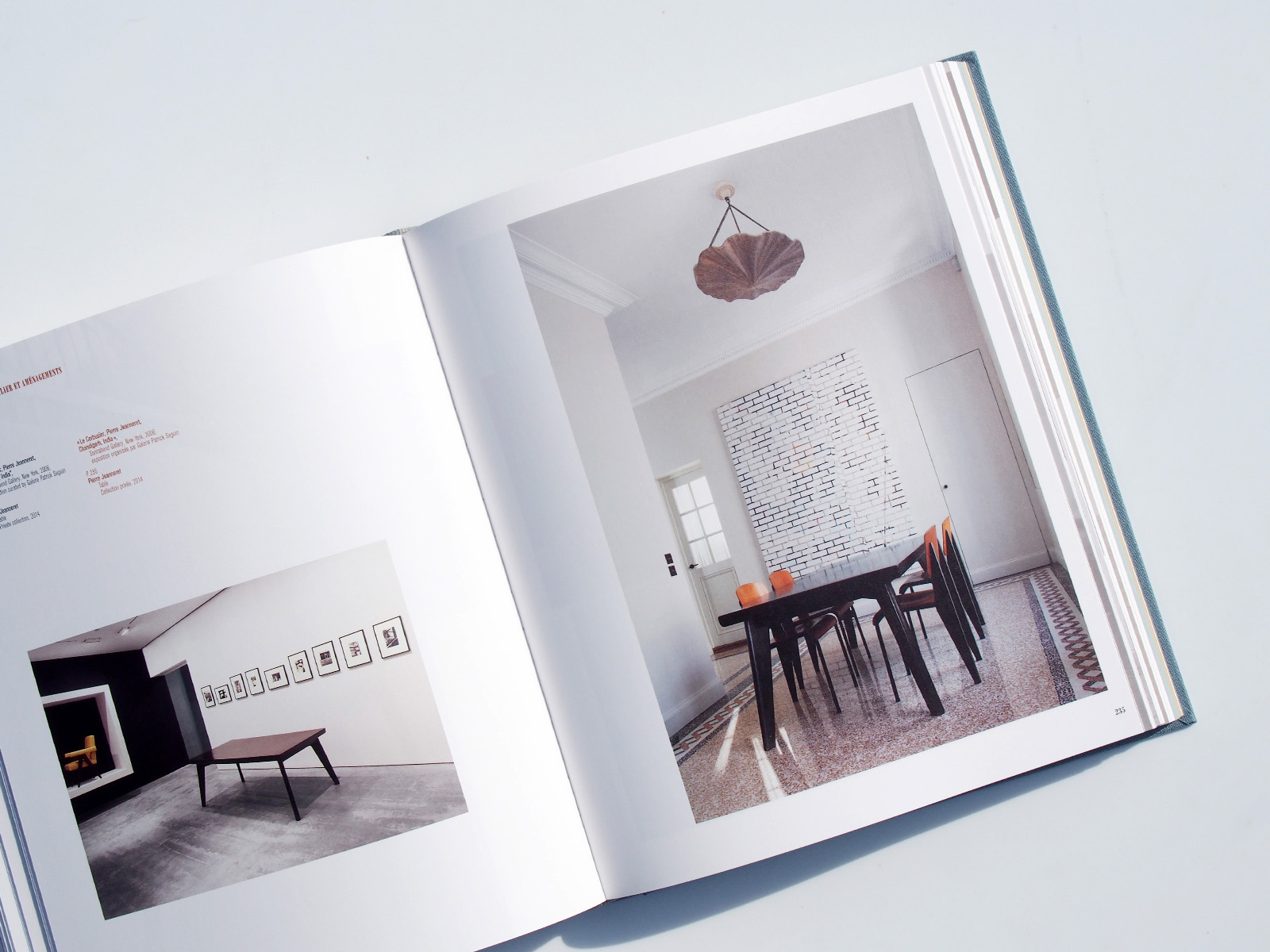

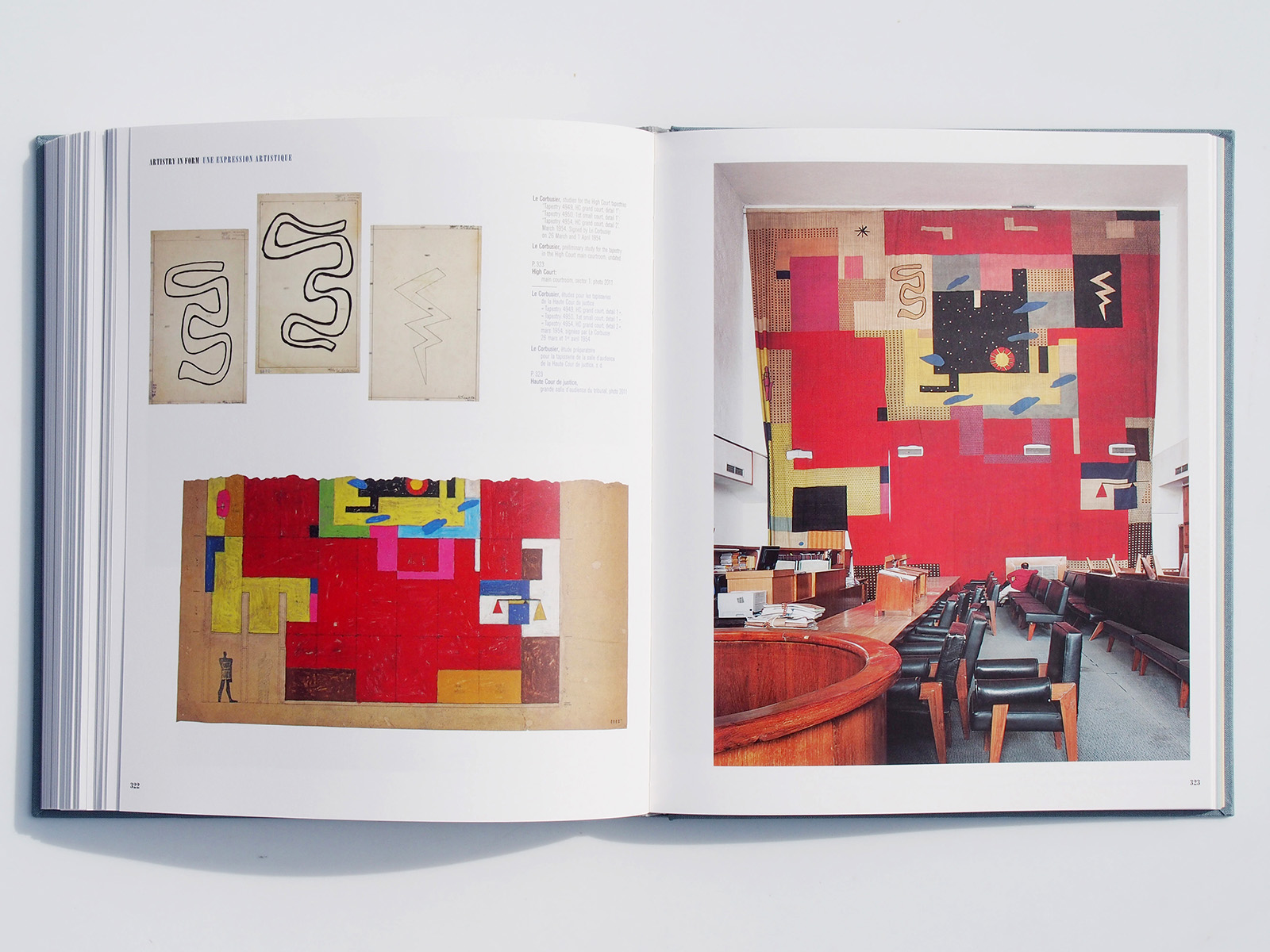
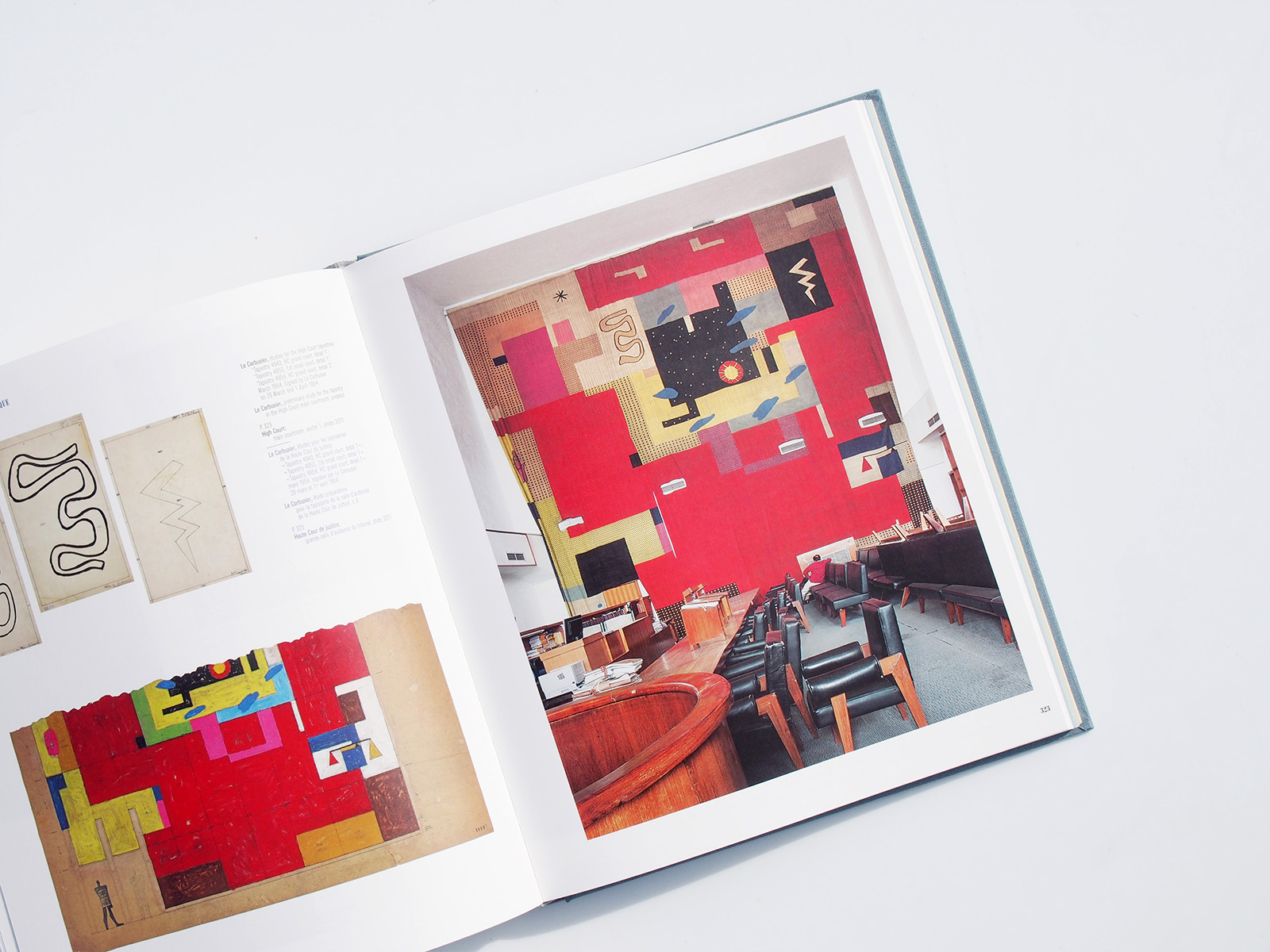

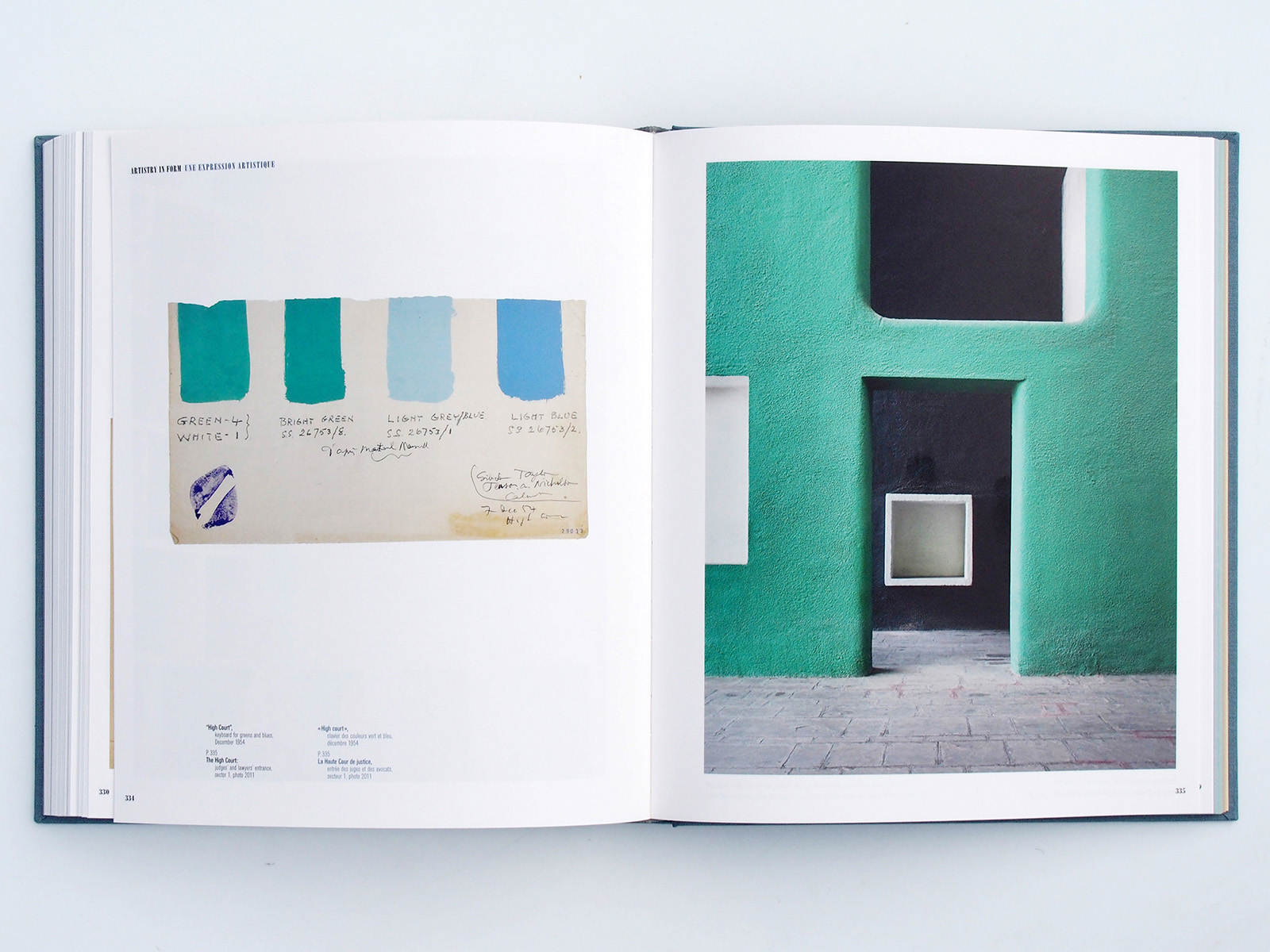
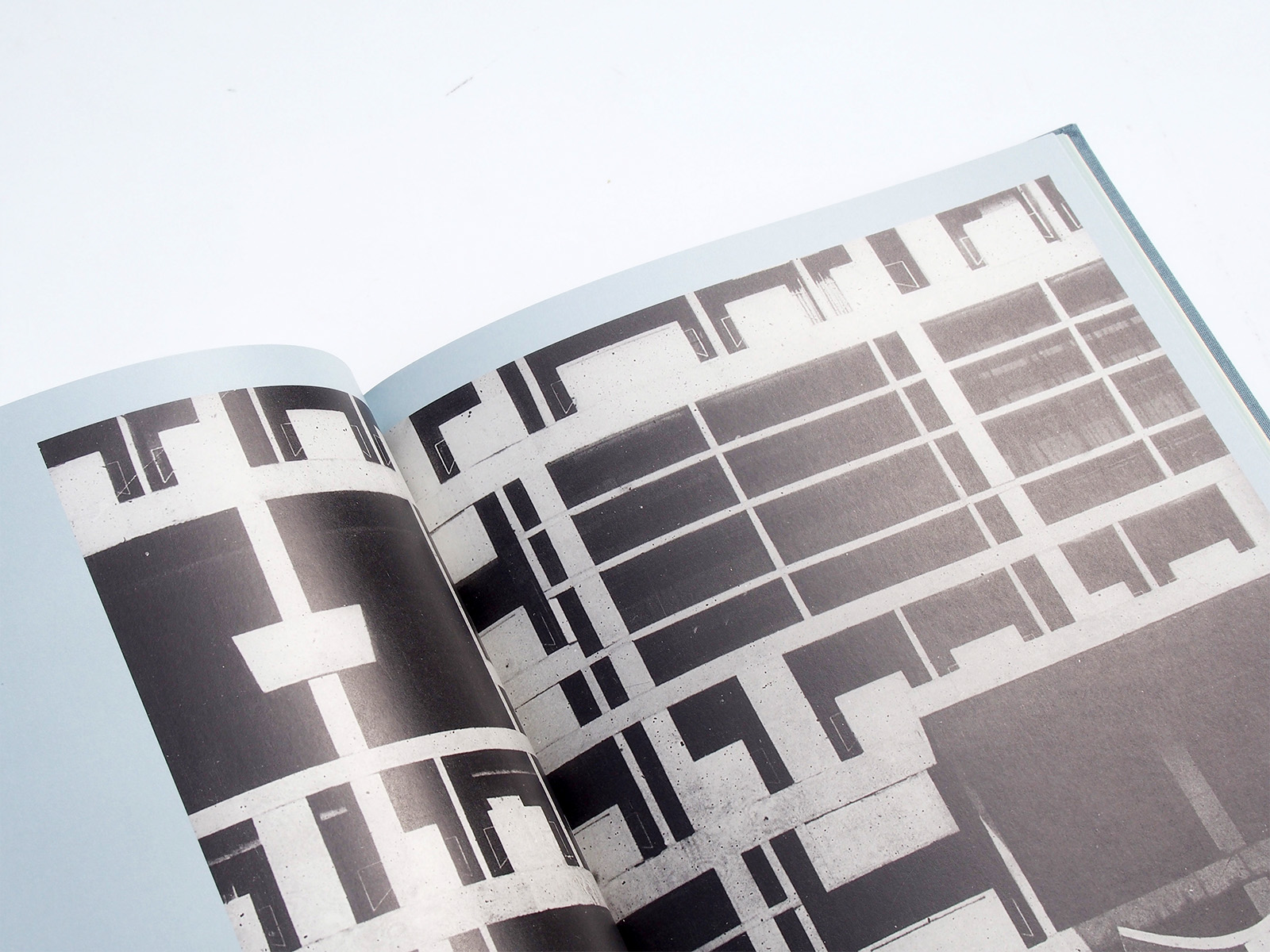
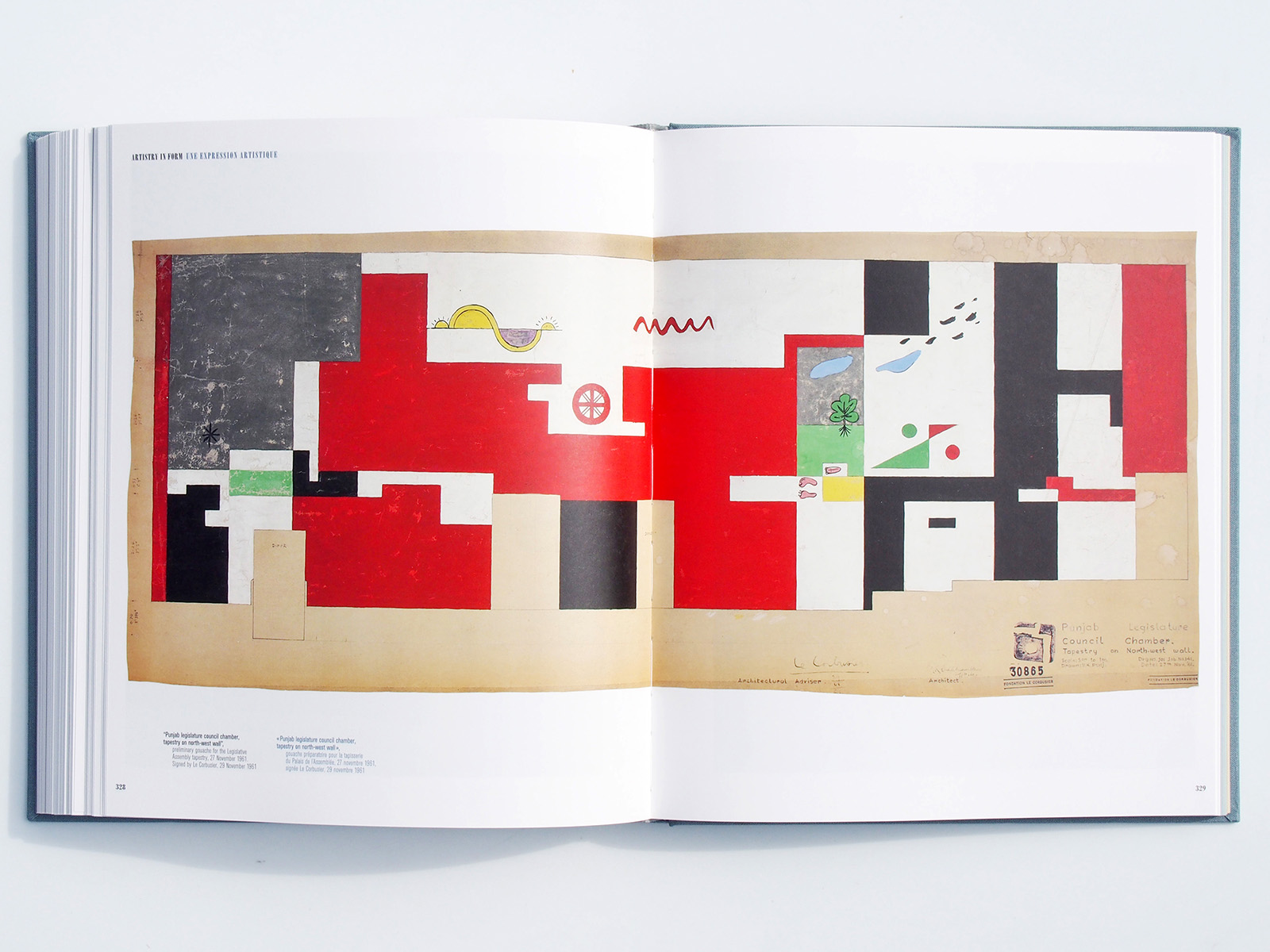




Comentarios
Publicar un comentario